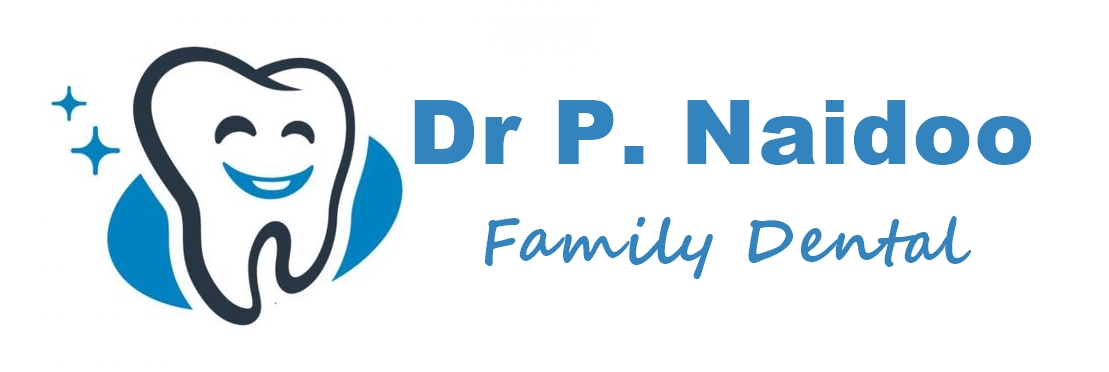
A dental extraction is the removal of a tooth from its socket in the jawbone. While dentists always aim to preserve natural teeth whenever possible, extractions may be necessary when a tooth is too damaged, decayed, or problematic to be saved.
When is an Extraction Needed?
A tooth may need to be extracted due to:
- Severe tooth decay or infection
- Advanced gum disease
- A broken or fractured tooth beyond repair
- Impacted wisdom teeth
- Overcrowding in preparation for orthodontic treatment
- Trauma or injury to the tooth
The Procedure
- Examination & X-rays: The dentist assesses the tooth and surrounding structures.
- Anesthesia: Local anesthesia (and sometimes sedation) is used to ensure comfort.
- Tooth Removal:
- Simple Extraction: For visible teeth, the dentist gently loosens and removes the tooth.
- Surgical Extraction: For impacted or broken teeth, a minor surgical approach may be required.
- Aftercare Instructions: Guidance is provided for healing, including managing discomfort and preventing complications.
Aftercare and Healing
- Bite on gauze to control bleeding.
- Avoid smoking, using straws, or vigorous rinsing for 24 hours to prevent dry socket.
- Use prescribed pain relief or antibiotics if advised.
- Maintain oral hygiene but avoid brushing directly on the extraction site until healed.
Benefits of an Extraction
- Removes infection and prevents it from spreading
- Relieves pain and discomfort
- Creates space for orthodontic treatment when needed
- Prevents complications from impacted wisdom teeth
